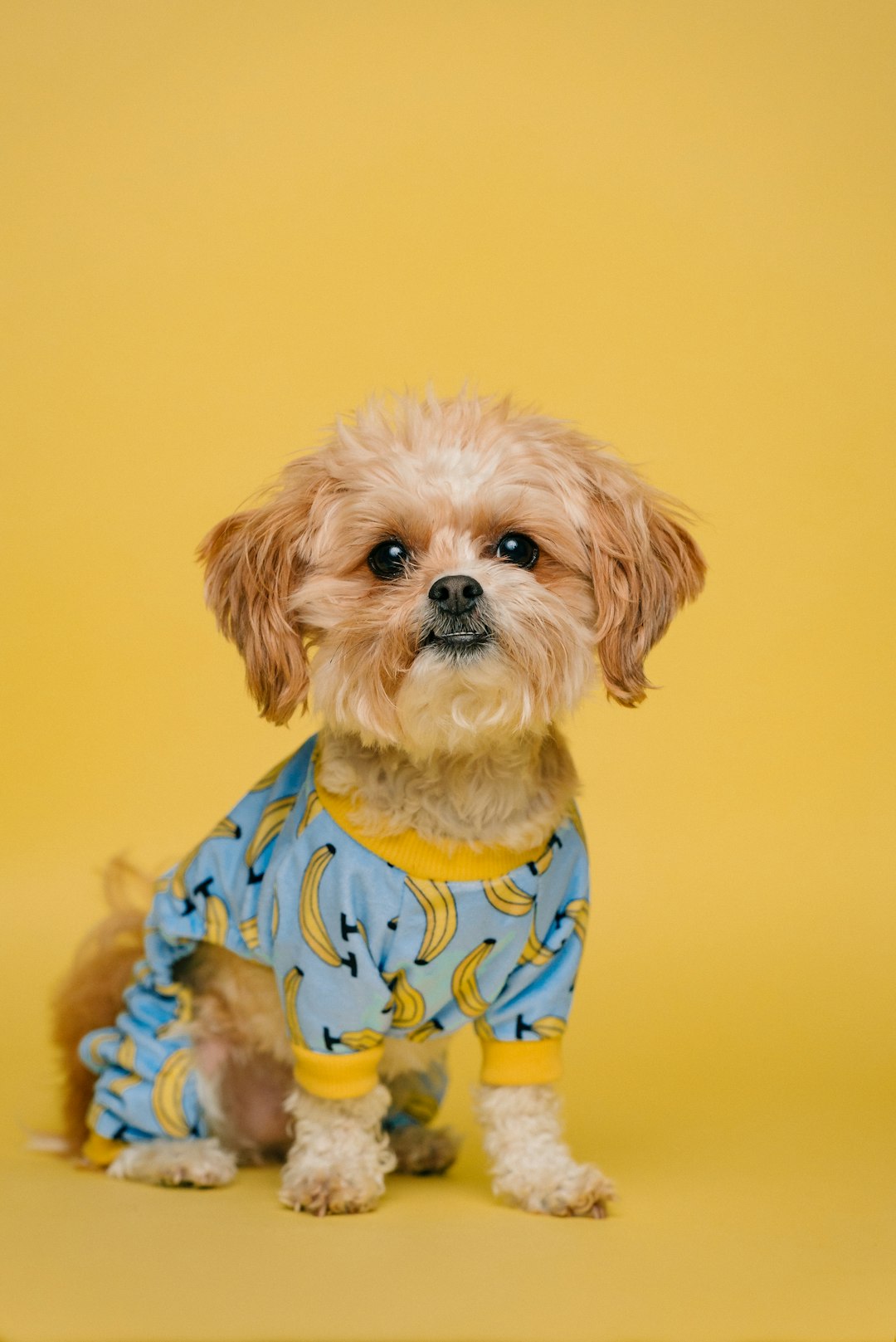Does your dog turn grooming sessions into an Olympic-level wrestling match? You’re not alone. Many pet parents struggle with keeping their furry friends calm and cooperative during grooming time. The good news? With the right approach, you can transform grooming from a dreaded chore into a bonding experience that your dog actually enjoys. The key to helping your dog love grooming lies in positive association and gradual desensitization. In this comprehensive guide, we’ll walk you through proven techniques that make grooming sessions stress-free and enjoyable for both you and your four-legged friend. Whether you’re dealing with a nervous newcomer or a long-time grooming skeptic, these step-by-step strategies will help you: • Build trust and confidence during grooming • Create positive associations with grooming tools • Establish a calm, rewarding routine Ready to turn those grooming battles into peaceful bonding moments? Let’s get started!
Building Trust Through Hand Target Training
Basic Touch Exercises
Hand target training is a simple at-home exercise that can transform your dog’s grooming experience. Start by holding your palm flat and letting your dog approach it naturally. When they touch your hand with their nose, immediately reward them with treats and praise. This creates a positive association with hand contact.
Practice this exercise in short sessions throughout the day. As your dog becomes more comfortable, gradually move your hand to different positions – higher, lower, and to the sides. This helps them understand that touching your hand is always rewarding, regardless of its location.
Progressive Handling Techniques
Once your dog masters basic hand targeting, introduce gentle touch exercises. Begin by briefly touching their shoulder while they’re targeting your other hand. Keep these touches light and quick at first, rewarding generously for calm acceptance.
Slowly expand the areas you touch, including their paws, ears, and tail. Always maintain a cheerful attitude and watch their body language for signs of stress. If they seem uncomfortable, return to an easier level where they’re successful.
Remember to practice in different locations around your home to help generalize this positive association. This foundation of trust makes future grooming sessions much more manageable for both you and your pet.
Nail Trimming Made Easy
Desensitization to Tools
Before diving into nail trimming, it’s crucial to help your dog feel comfortable with the tools. Start by placing the nail trimmer near your dog during positive activities like playtime or meals. This helps create positive associations with the tool.
Let your dog investigate the trimmer at their own pace. Reward them with an extra-special treat whenever they show interest or approach it calmly. You can also try using a sandpaper board as an alternative – some dogs find it less intimidating than traditional clippers.
Practice touching your dog’s paws while the tools are nearby. This gradual approach helps build trust and reduces anxiety around the entire nail trimming process.
Step-by-Step Trimming Process
Once your dog is comfortable with the tools, begin the actual trimming process. Hold your dog’s paw gently but firmly, and identify the quick (the pink part of the dog’s nail containing blood vessels). Only trim the white portion beyond the quick.
Start with just one nail per session if your dog seems nervous. Make small cuts rather than trying to remove too much at once. Remember to praise and reward your pet throughout the process – this reinforces positive behavior.
If using a sandpaper board, teach your dog to file their own nails by encouraging them to scratch the board. Place treats on top of the board to make it more enticing. This method can be particularly effective for dogs who resist traditional nail trimmers.
Take breaks between paws and maintain a calm, patient demeanor. If your dog shows signs of stress, return to the desensitization phase before proceeding further.



